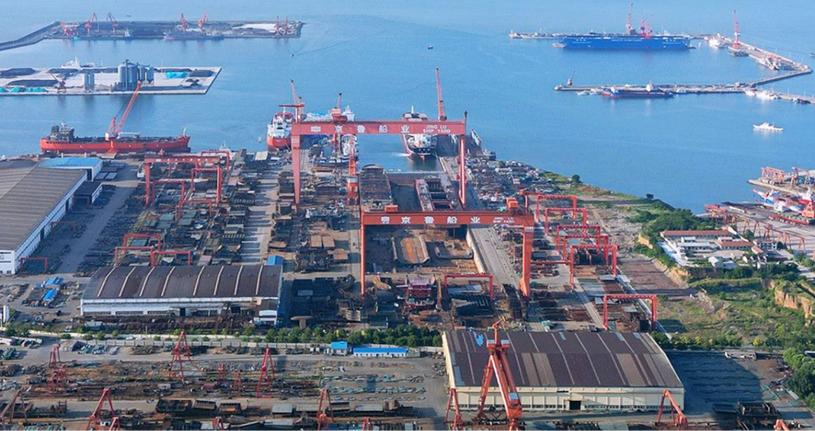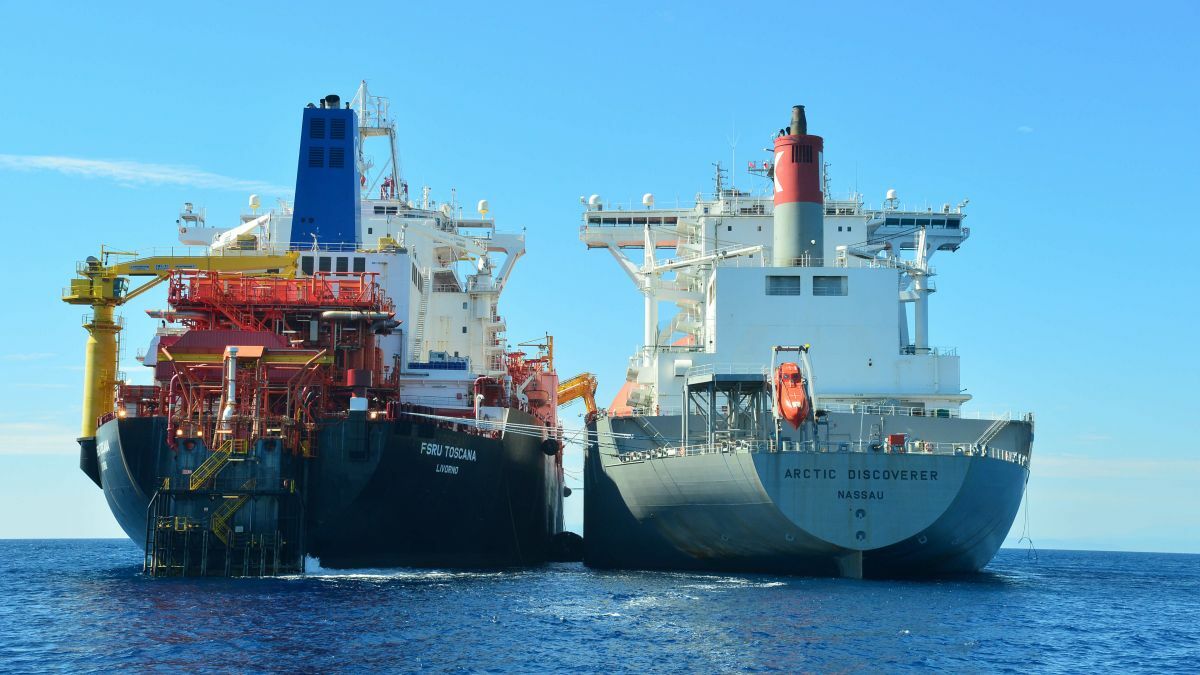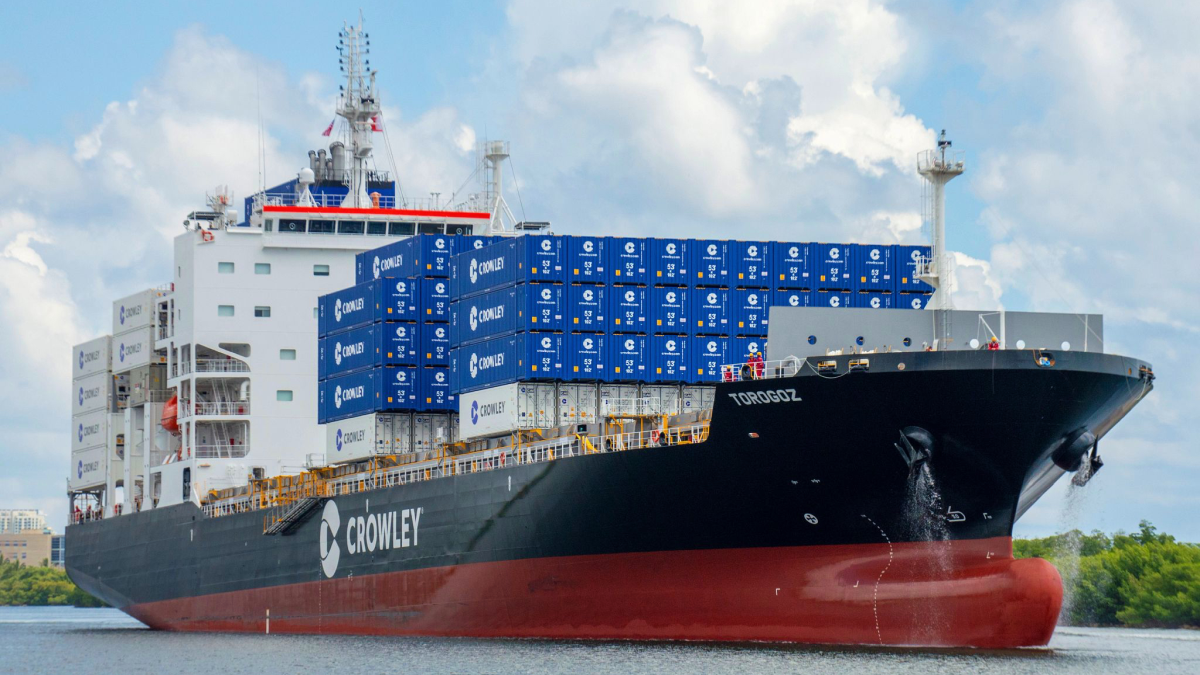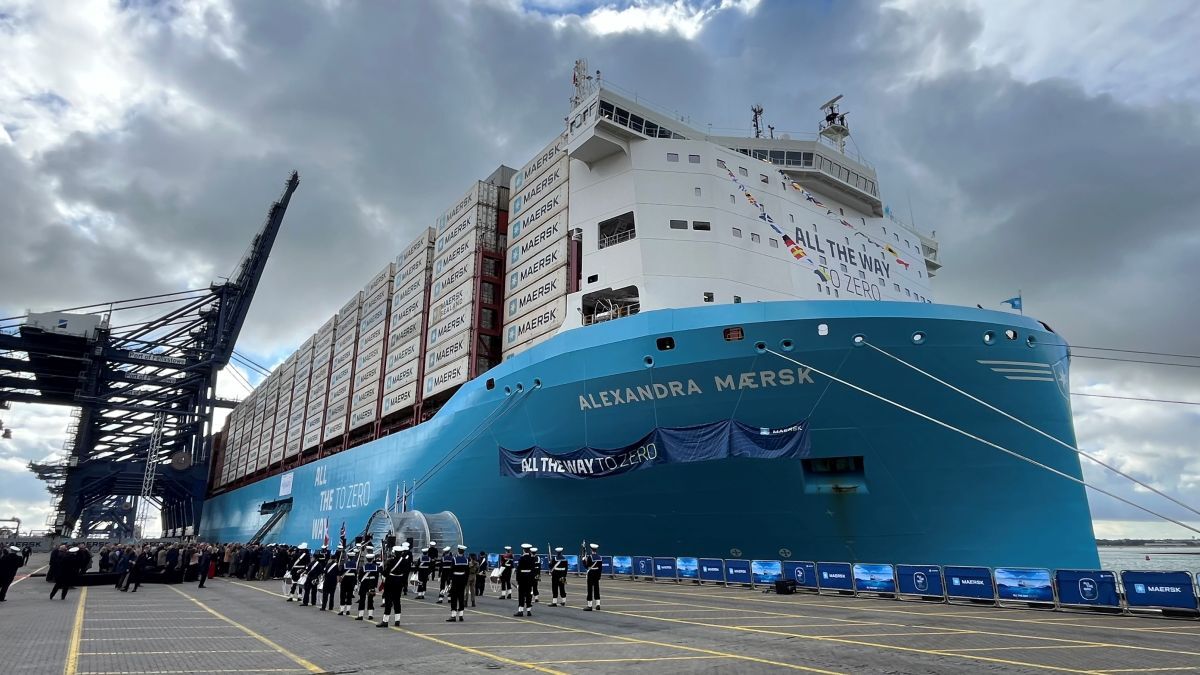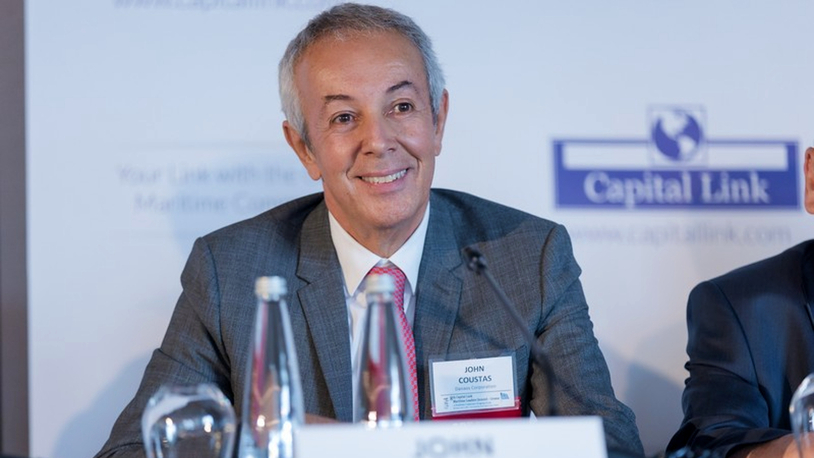Business Sectors
Contents
Who’s to blame for rates?
Foresight is a great attribute for a freight forwarder, particularly if they are buying and selling space in an arena as volatile as today’s global container shipping markets. And an ability to work out which way the market is moving has made Swiss logistics service provider Kuehne & Nagel the world’s largest buyer of ocean freight.
In the third quarter of 2016, the company reported that its container carryings had grown by 4.5 per cent year-on-year, despite a weak market that has grown at less than half that rate. This indicates that it has resumed the process of winning market share, after a 2015 that saw it handle 3.8 million teu – the same amount that it had handled the year before.
But if the third quarter’s growth rate is anything to go by, Kuehne & Nagel could push past the 4 million teu mark by year end – its ocean freight volumes grew by 6 per cent in the first quarter and 5.8 per cent in the second, so the assumption of a full-year 4.5 per cent growth in volumes is probably at the low end of the scale.
According to the Global Freight Forwarding Report 2016 published by market research solutions specialist Transport Intelligence, “an inability to translate sea freight volume growth into revenue growth suggests that Kuehne & Nagel is subject to the same market forces and low rates as competitors – volumes in the sea freight division are 43.9 per cent higher than 2008, but revenue is down 12.5 per cent.”
However, during the same period it has continually managed to increase its profits and margins through a relentless focus on costs, as well as leveraging its earnings from shippers in a way that container carriers can only dream about.
As a result, some in the shipping industry have pointed an accusing finger at Kuehne & Nagel, as well as its largest competitors such as DHL, DB Schenker and Panalpina, and blamed them for the market volatility and low freight rates. This was categorically denied by Bill Rooney, Kuehne & Nagel’s vice president of trade management for North America, who took the stage at the recent TOC Americas Container Supply Chain conference in Cancún, Mexico, and claimed the market is simply too diverse for any one player to be able to influence rate levels.
“If you look at our market share on a global scale, it is actually very small. At the most it is 1 per cent of global container traffic, if you also consider the amount beneficial cargo owners book directly.
“So we simply are not big enough to influence the market. We do not drive the rates down or up. We want market rates. Fair rates,” he said.
According to Mr Rooney, in the third quarter Kuehne & Nagel outperformed the market mainly as a result of material volume increases in the transpacific and intra-Asia trade lanes, as well as seeing an increase in reefer transports. This is an area which it has targeted – unlike many forwarders, as the sector continues to be dominated by direct carrier–shipper relationships.
Compared to the first nine months of 2015, Kuehne & Nagel’s sea freight division saw gross profit rise by 4.3 per cent and the margin between earnings before interest (EBIT) and gross profit remained high at 31.8 per cent. Total EBIT for the first nine months from sea freight grew 1.5 per cent to CHF340 million (US$336.5 million).
Mr Rooney predicted demand this year will be higher than last, while supply of new capacity is set to be considerably below last year’s level.
“In 2015 demand growth in the container shipping industry was 2.2 per cent, which was against growth in supply of container slots on vessels of 8.1 per cent. The forecasts we have seen for demand growth this year are 3.4 per cent, which I think is about right, and supply growth of 2.2 per cent.”
That might mean the shipping industry is finally heading in the right direction. But it is going to take some time for that to translate into healthier carrier balance sheets.
“Most estimates are that the industry will lose US$10 billion a year. The carriers’ return on the cost of capital is about 3 per cent, while it has been borrowing capital at about 10 per cent.
“Over an extended period, this is very similar to the airline business. Its cost of capital was about 9 per cent and the return was about 3 per cent, and they had some of the same issues in terms of government investment and state-owned airlines being kept in business because governments thought of them as strategic. But the net result of that situation was low rates and market volatility, and this has been happening in container shipping, too,” he added.
Mr Rooney believes the level of volatility is getting worse, claiming the liner shipping business cycle is shortening. “Just look at how long the business cycles have lasted. From 1997 to 2011 there were four business cycles, which got progressively shorter. The first lasted for five years from 1997 to 2002. The next was four years, from 2002 to 2006. Then it was three years, until the crash in 2009. And the fourth was from 2009 to 2011, lasting just two years.
“That volatility is reflected in the freight rate levels. If you look at a graph of the Shanghai Containerized Freight Index showing rate levels on the route to North Europe, from the beginning of 2014 until now, it looks like a row of shark’s teeth – not least because of the carriers’ strategy of using general rate increases to try and prop up rates,” he said.
“Current rates are crazy. They are unsustainable and cannot support investment. This is what is driving mergers and acquisitions activity as well as bankruptcies. At the same time, the people that supply capacity are fatigued, which is not surprising.
“As far as the rate outlook goes, vessel utilisation is the key. It needs to reach 95 per cent for a sailing to become profitable, whereas 30 years ago that level was 85 per cent.”
Until just a few months ago the end result of this situation was unclear, as if carriers could go on posting losses forever. However, the recent bankruptcy of Hanjin Shipping Co has turned a spotlight on the hidden vulnerabilities of the industry.
“I am not sure that Hanjin is exactly the same thing as Lehman Brothers Holdings, as some have claimed. But it is a big deal, and it has rippled through the industry incredibly quickly because of the alliance structure,” he said. That does not, however, mean the world’s largest sea freight forwarder is not a supporter of the alliance structure. Far from it.
“At Kuehne & Nagel we generally believe that alliances are a good thing, for two reasons. First, they enable the carriers to develop global networks. And second, they reduce costs by enabling carriers to participate in ships they otherwise would not be able to afford.
“Carriers have saved tens of billions of dollars over the years through alliances but unfortunately most of that money has then migrated back to their customers. The result is that we are going to end up with three alliances – two 800lb gorillas, and one 500lb gorilla,” he said.
From next April, and assuming the 2M partners of Maersk Line and Mediterranean Shipping Co allow Hyundai Merchant Marine to join them, this alliance will have a 29.7 per cent share of global capacity, the Ocean Alliance will have 26.5 per cent, and THE Alliance will have 19.8 per cent. The main remaining unaffiliated carriers – Zim Integrated Shipping Services, Hamburg Süd, Pacific International Lines and Wan Hai Lines – will operate a combined 7.8 per cent of the world’s shipping capacity.
“Larger shippers will spread their volumes over the different alliances, because if you are buying space you do not want to end up with all your business on one alliance. However, as we have seen, the continuing volatility causes alliances to be turned upside down and makes further consolidation a distinct possibility.
“Also, the key to a commodity business is size. There are a lot of carriers that have a market share of 2-3 per cent, and that is not big enough in an industry of scale.
“Mergers and acquisitions do not scare us. Generally they are not disruptive operationally, and if there is sufficient consolidation then rates will go up. At the end of the day, we will all be rewarded if the carriers are getting a proper return on their capital,” he concluded.
Related to this Story
Events
LNG Shipping & Terminals Conference 2025
Vessel Optimisation Webinar Week
Marine Coatings Webinar Week
© 2024 Riviera Maritime Media Ltd.


